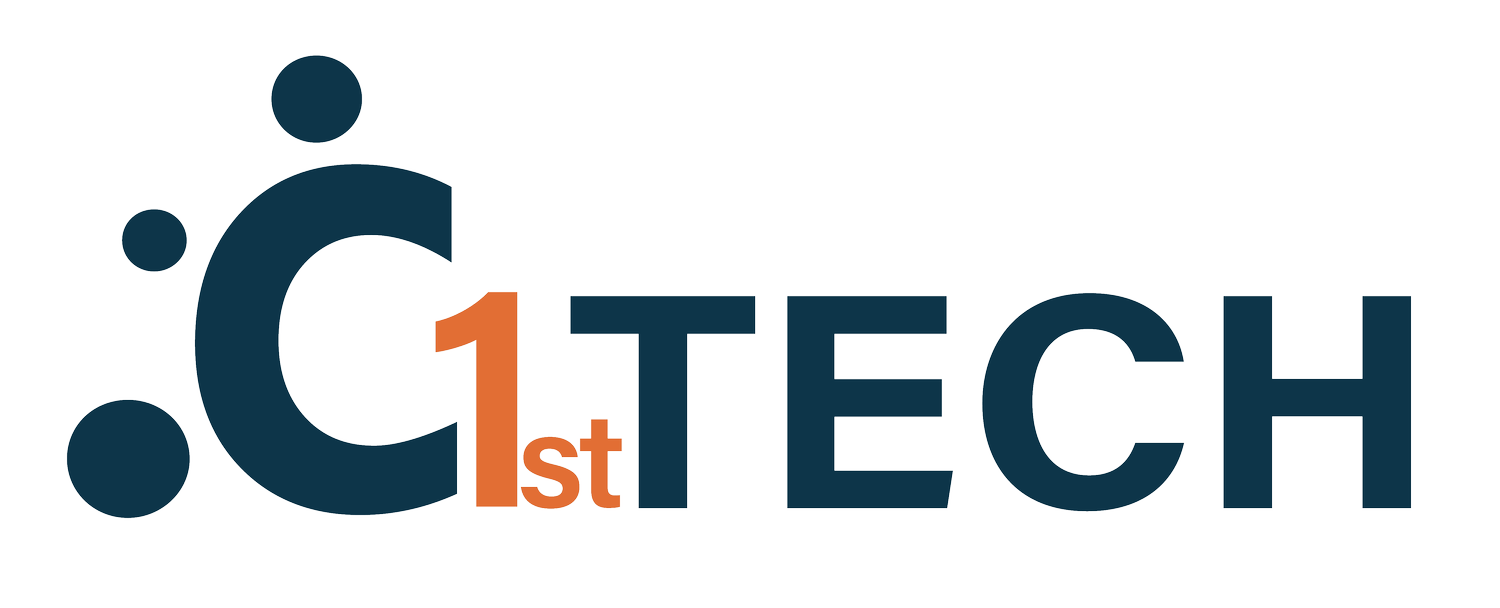
Azure Information Protection Scanner
Azure Information Protection (AIP) is a system developed by Microsoft that can label, organize, and safeguard sensitive information. The AIP scanner is a Windows service that may be used to safeguard on-premises documents inside a variety of data repositories, including but not limited to the following:
Folders on the local machine in which the scanning service is set
Document Libraries and Folders for SharePoint 2013-SharePoint 2019
Network Shares that Employ the SMB Protocol
The AIP scanner client employs Windows IFilters as the default method for locating sensitive material within documents. Additionally, the AIP scanner client supports the following file types:
Two basic scanning modes are available.
Discovery Mode Only:
Scans may be conducted against defined repositories to detect sensitive items and what labels could be applied.
Run the scanner to automatically apply the labels:
This mode finds sensitive files and automatically applies labels based on categorization.
The scanner employs Office 365 Security & Compliance Center information types. This features over 80 out-of-the-box criteria using regular expressions, keywords, character proximity, checksums, and confidence levels.
How to configure Azure's IPS:
AIP Scanner configuration is easy. First, get these:
· A subscription to Azure Information Protection Plan 1 or Plan 2
· Whichever of the following Clients for Azure Information Protection set up on your Windows server
The Classic Client (AzInfoProtection.exe)
(AzInfoProtection UL preview.exe)
· A SQL Server accessible via the scanning client's Windows server
A Few Parting Thoughts:
Azure Information Protection is a component of a larger family of complementary solutions that can identify, categorize, and ultimately safeguard sensitive data. These solutions are known as the Azure Information Protection Family. It not only provides visibility into the potentially sensitive data that exists within your files, but it also provides additional functionality to protect them, such as labelling or the application of policies to control specific actions. In other words, it does not only provide visibility into the potentially sensitive data that exists within your files, but it also provides it.


